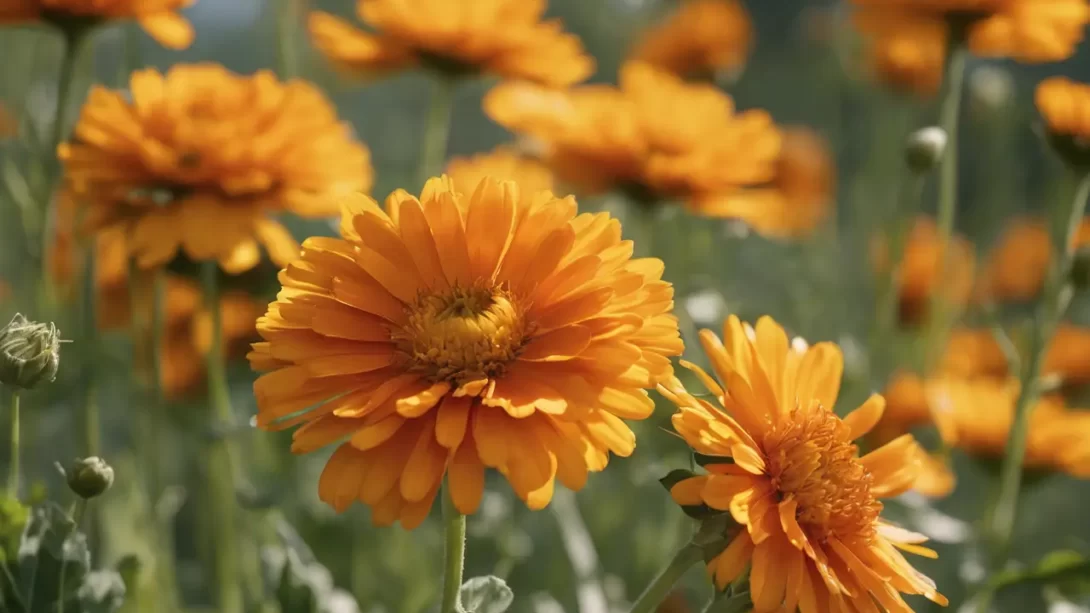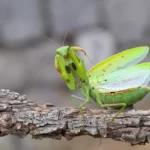Calendula, with its vibrant orange and yellow flowers, is not only a visual delight in gardens but also a versatile herb in medicinal and culinary applications. Knowing when and how to harvest calendula flowers maximizes their usefulness and ensures a continuous bloom throughout the growing season. This guide will take you through the steps to harvest calendula correctly.
Identifying the Right Stage for Harvest
The perfect time to harvest calendula flowers is when they are in full bloom and the petals are vibrant and fully extended. The flowers should be picked in the morning after the dew has dried but before the midday sun, as this is when their medicinal compounds are most potent. Regular harvesting encourages the plant to produce more flowers, extending the blooming period.
Necessary Tools for Harvesting
Harvesting calendula is a straightforward process that requires minimal tools. You will need a sharp pair of garden scissors or snips and a basket or container to hold the harvested flowers. Ensure that your tools are clean to prevent the spread of disease. A gentle touch is important to avoid bruising the delicate petals.
Harvesting Technique
Proper harvesting technique is crucial for maintaining the health of the calendula plant and the quality of the flowers. To harvest, hold the stem of the flower just below the head and snip cleanly with your scissors or snips. Be sure to leave a portion of the stem on the plant to promote healthy regrowth. Harvest only the flowers that are fully open, leaving the buds to open later. This selective picking ensures a continuous supply of blooms.
Post-Harvest Handling
Once harvested, handle the calendula flowers gently to preserve their delicate petals and potent properties. Shake off any insects or excess dirt gently. If necessary, a light rinse can be given, but it’s important to dry the flowers thoroughly afterward to prevent mold during the drying process. Avoid compressing or overcrowding the flowers in the container, as this can cause bruising and reduce their quality.
Drying Calendula Flowers
Drying is a crucial step in preserving calendula for long-term use. The flowers can be air-dried by spreading them out in a single layer on a screen or drying rack in a warm, dry, well-ventilated area away from direct sunlight. Alternatively, a dehydrator can be used at a low temperature setting. The goal is to dry the flowers slowly and evenly until the petals are crisp. Avoid using an oven for drying, as the heat can be too intense and may degrade the flowers’ quality.
Storing Dried Calendula
Proper storage is key to maintaining the quality and potency of dried calendula flowers. Once completely dry, the petals should be stored in an airtight container, away from light and moisture. Glass jars with tight-fitting lids are ideal. Label the container with the date of harvest and drying to keep track of freshness. Stored correctly, dried calendula can maintain its quality for up to a year.
Uses of Harvested Calendula
Harvested calendula, both fresh and dried, has a plethora of uses. Fresh calendula petals are edible and can add a vibrant touch to salads, soups, and baked goods. The dried flowers are commonly used in herbal teas, tinctures, and salves for their soothing and anti-inflammatory properties. They are also popular in homemade skincare products like lotions and bath bombs, offering gentle healing and nourishing benefits.
Conclusion
Harvesting calendula is a simple yet rewarding process. By correctly identifying the right stage for harvest, using proper techniques, and ensuring appropriate post-harvest handling and storage, you can maximize the use and benefits of this versatile plant. Whether for culinary, medicinal, or cosmetic purposes, calendula offers a bounty of uses that can be easily incorporated into daily life. Enjoy the process of harvesting and exploring the various applications of this beautiful and beneficial herb.




